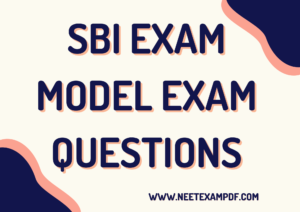GNM NURSING FIRST YEAR NURSING FOUNDATIONS NOTES PDF DOWNLOAD
GNM NURSING NOTES FIRST YEAR PDF DOWNLOAD
1ST YEAR GNM NURSING STUDENTS FOUNDATION NOTES PDF DOWNLOAD
NURSING FOUNDATION NOTES
Introduction to Nursing
a) Nursing – concept, meaning,
definitions, scope and functions.
b) History of nursing in India
c) Nursing as a profession
d) Nursing professional – qualities and
preparation.
CLICK TO DOWNLOAD
e) Ethics in Nursing-roles and
responsibilities of a nurse.
f) Health care agencies – hospital and
community service – types and
function of hospitals health team.
g) Modern approaches to nursing care
including holistic nursing care
h) Health and Disease
- Definition of health, determinants
of health status. - Basic human needs
- Illness and its effects on individual
CLICK TO DOWNLOAD
Nursing care of the patient
a) Patient Environment in the hospital:
Patients unit
b) Therapeutic environment
- Physical factors – lighting temperature,
ventilation, humidity, noise, pestilence. - Safety needs, prevention of
environmental hazard - Psychosocial and aesthetic factors.
c) Patient’s Adjustment to the Hospital. - Understanding the patient as a
person, socio-economic, and cultural
background, health status etc. - Effect of hospitalization on patient and
family. - Admission, transfer, discharge
procedures
d) Basic Nursing Skills- - Communication
- Nursing interview
- Recording and reporting
e) Nursing Process - Meaning and importance
- Assessment, Nursing diagnosis
Planning, Implementation and
Evaluation - Nursing care plan.
- CLICK TO DOWNLOAD
Meeting the Basic Needs of a patient
a) Physical needs-
- Comfort, rest, sleep and exercise
–Importance and its promotion - Body mechanics –moving, lifting,
transferring - Position and posture maintenance
- Comfort devices
- Beds and bed making – Principles of
bed making, types and care of bed
linen - Safety devices, restraints and splints
- Exercises – Active and Passive
b) Hygienic needs - Personal and environmental hygiene
personal - Nurses note in maintaining personal
and environmental hygiene. - Care of eyes, nose, ears, hands and
feet. - Care of mouth, skin, hair and genitalia
- Care of pressure areas, bed sores.
c) Elimination needs - Health and sickness
- Problems – constipation and diarrhea,
retention and incontinence of urine. - Nurse’s role in meeting elimination
needs. - Offering bed-pan and urinal,
- Observing and recording
abnormalities. - Preparation and giving of laxative,
suppositories, enemas, bowel wash,
flatus tube. - Perineal care, care of patient with
urinary catheter, diapers. - Maintenance of intake and output
records
d) Nutritional needs - Diet in health and disease
- Factors affecting nutrition in illness,
- Nurse’s role in meeting patients
nutritional needs. - Modification of diet in illness.
- Diet planning and serving.
- Feeding helpless patients including
artificial methods of feeding.
e) Psychological and spiritual needs
CLICK TO DOWNLOAD
Importance
- Nurse’s role -Diversional and
Recreational therapy
f) Care of terminally ill and dying patient - Dying patient’s signs and symptoms
needs of dying patient and family, - Nursing care of dying-: special
considerations; advance directives,
euthanasia, will, dying declaration,
organ donation etc. - Medico legal issues
- Care of the dead body
- Care of unit
- Autopsy
- Embalming
CLICK TO DOWNLOAD
Assessment of patient/client
a) Physical Assessment
- Importance, principles, methods of
assessment - Height, Weight, posture
- Head to toe examination.
b) Physiological Assessment - Vital signs, normal, abnormal
Characteristics, factors influencing the
variations, - Observation and collection of
specimens-urine, stool, vomitus and
sputum.
c) Psychological Assessment - Mood, Intelligence, Emotions Normal
and Abnormal behavior.
CLICK TO DOWNLOAD
Infection control
a) Infection control :
- Nature of infection
- Chain of infection transmission
- Defence against infection: natural and
acquired - Hospital acquired infection
( nosocomial infection)
b) Concept of asepsis: - Medical and surgical asepsis
- Isolation precautions , barrier nursing
- Hand washing : simple, hand asepsis,
surgical asepsis (scrub) - Isolation – source and protection
- Personal protective equipments types,
uses and techniques of wearing and
removing
Decontamination of unit and
equipment
- Transportation of infected patient
-. Standard safety precaution - Transmission based precautions
c) Bio-medical waste management - Importance
- Types of hospital wastes
- Hazards associated with hospital waste
- Decontamination of hospital waste
- Segregation and transportation
- Disposal
CLICK TO DOWNLOAD
Therapeutic Nursing Care
a) Care of patients with respiratory
problems/dyspnea
- Deep breathing and coughing exercises
- O2 inhalation
- Dry and moist inhalation
- Oro nasal suctioning
b) Care of patient with altered body
temperature-Hot and cold Applications
c) Care of patients with Fluid and
Electrolyte imbalance
d) Care of unconscious patient
e) Care of the bed-ridden patient(traction,
fractures etc.)
f) Care of patient with pain
g) Care of patients with body elimination
deviation
CLICK TO DOWNLOAD
Introduction to clinical Pharmacology
Administrationof medication:
a) General Principles/Considerations
- Purposes of medication
- Principles: Rights, special
considerations, prescriptions, safety
in administering medications and
medication errors - Drugs forms
- Routes of administration
- Storage and maintenance of drugs and
nurses responsibility - Broad classification of drugs
- Therapeutic effect, side effect, toxic
effect, allergic reaction, drug tolerance,
drug interactions - Factors influencing drug actions
- Systems of drug measurement: metric
system, household measurements.
CLICK TO DOWNLOAD
Converting measurements units:
conversion within one system, between
systems, dosage calculations.
- Terminologies and abbreviations used
in prescription of medications.
b) Oral drug administration: oral,
sublingual, buccal : equipment and
procedure.
c) Parentral: - General principles
- Types of parentral therapies.
- Types of syringes, needles, canulas and
infusion sets, - Protection from needle stick injuries,
giving medications with a safety
syringe. - Routes of parentral therapies:
- Purposes, site equipment, procedure
and special considerations in
giving intradermal, subcutaneous,
intramuscular and intravenous
medications. - Advanced techniques : epidural,
intrathecal, intraosseous,
intraperitoneal, intrapleural, intra
arterial - Role of nurse
d) Topical administration: purposes,
site, equipment, procedure, special
considerations for applications to skin
and mucous membrane.
e) Direct application: - Gargle, throat swab
- Insertion of drug into body cavities :
nasal pack, suppositories / medicated
packing into rectum / vagina - Instillations: ear, eye, nasal, bladder and
rectal. - Irrigations: eye, ear, bladder, vaginal
and rectal. Spray: nose and throat
f) Inhalations: nasal, oral, endotracheal,
tracheal (steam, oxygen and
medications) – purposes, types,
equipment, procedure and special
considerations.
g) Recording and reporting of medications
administered.

































